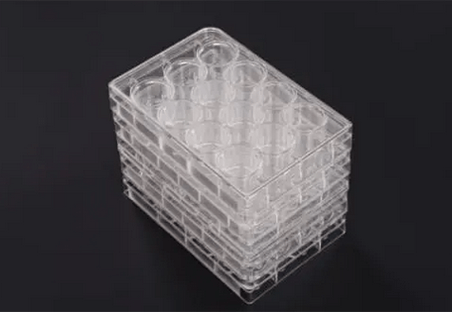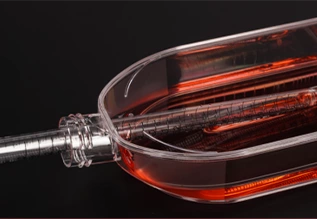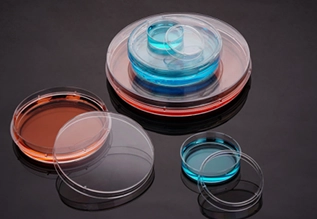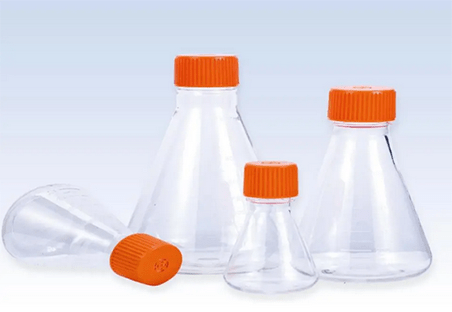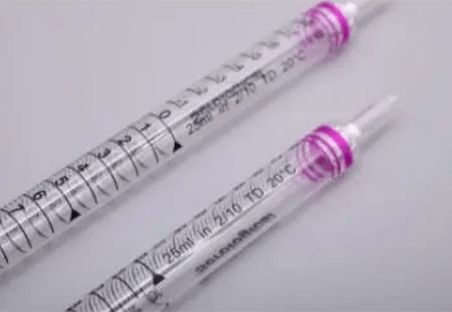Erlenmeyer flask, also known as a conical flask, is a common glass bottle in chemical laboratories. Because of their shape, Erlenmeyer flasks are ideal for a variety of tasks in analytical chemistry, including titration experiments, reflux heating, and crystallization. When making aseptic solutions, an Erlenmeyer flask must be prepared with meticulous attention to detail. Despite its seeming simplicity, even seasoned researchers can make insignificant errors that compromise sterility. This article will help you avoid some of the most common mistakes made when using open flasks, so your experiments will stay true to their original intent.
Mistake 1: Ignoring the surroundings
Erlenmeyer flasks can directly allow airborne microorganisms to enter the solution because of their wide open mouth. The possibility of contamination is introduced each time you handle the flask, open it to add ingredients, or even just breathe close to it. Even in sterile laboratories, the air we breathe is rife with microscopic organisms like spores, fungi, and bacteria. The sterility of the solution in an Erlenmeyer flask can be compromised by these microscopic hitchhikers, as they can readily settle on the solution’s exposed surface and begin to multiply. Microorganisms can be found on nearby workbenches, in the equipment, and even on your own hands. Unknowingly transferring these microbes to the solution can happen by touching the flask neck or rim, accidentally brushing against adjacent surfaces, or even talking close to the open flask.
Solution:
Operate within a laminar flow hood
A laminar flow hood uses HEPA filters to filter incoming air before directing it in a smooth, one-way flow across the work surface to create a sterile air environment. This reduces the possibility of airborne pollutants contaminating your solutions, such as fungi, bacteria, and dust particles.
Regularly wipe down surfaces
Untreated contaminated surfaces can serve as direct routes for microorganisms to get to your solutions. These microbes can be transferred accidentally during preparation by coming into contact with the flask neck or other equipment, jeopardizing the sterility of your solution.
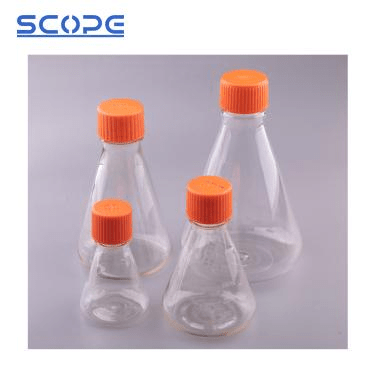
Mistake 2: Sterilization Shortcuts
Sterilization techniques differ from one another. While it may seem convenient to rely on a quick rinse with tap water or a haphazard swipe with a disinfectant, these approaches are insufficiently effective to eradicate all the lurking bacteria. Techniques like flame sterilization and filtration require meticulous attention to detail and specific protocols to be truly effective. One Erlenmeyer flask of contamination does not contain it all. You can easily have a cascading effect that ruins your entire experiment with a single contaminated Erlenmeyer flask contaminating pipettes, equipment, and even the surrounding area. Contamination can sometimes involve more than just botched experiments. Some microorganisms can seriously jeopardize the safety of lab participants, including researchers. By taking shortcuts when sterilizing, pathogens that can result in infections, allergic reactions, or even more serious health issues may unintentionally be introduced.
Solution:
Double-check sterility labels
Make sure that every piece of glassware, pipettes, and stoppers is appropriately packaged and pre-sterilized. Researchers can guarantee the dependability of their aseptic solutions and drastically lower the risk of sterilization shortcuts by adopting this as standard procedure.
Accept filtration
Although autoclaving and flame sterilization are effective ways to sterilize most glassware and equipment, certain starting materials used in solutions may not be easily sterilized without sacrificing their qualities. Heat-sensitive buffers, particular enzymes, and particular organic solvents are a few examples. Sterile filtration offers an alternate remedy in these circumstances.
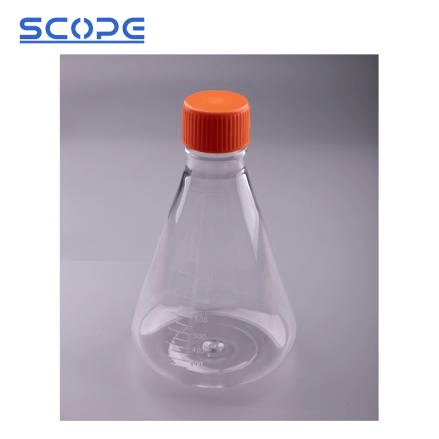
Mistake 3: Storage Slip-ups
The importance of proper storage can occasionally be overlooked because the preparation process is given so much attention. This may result in complacency and basic storage best practices being neglected, such as incorrectly labeling solutions or neglecting to keep a clean and organized storage area. Even with careful preparation, contaminated solutions can still result in erroneous experiment results, resource waste, and possible safety risks. Because of this, maintaining the validity and integrity of your scientific work requires appropriate storage. Unlike sealed containers, Erlenmeyer flasks offer direct access to the environment. Inappropriate storage can eventually allow airborne microbes or contaminants from surfaces to infiltrate, even in cases where the solution is sterile during preparation. This risk can be increased by things like loose-fitting stoppers, uncapped flasks, or storing close to contaminated materials.
Solution:
Seal the deal
After preparation, firmly shut the flasks with sterile stoppers or caps. Unlike sealed containers, Erlenmeyer flasks have an open neck that permits direct environmental contact. Microorganisms in the air, even in a lab environment under strict control, have the potential to gradually contaminate the solution. Through the creation of a physical barrier against airborne contaminants, sealing the flask significantly lowers this risk.
Make sure to clearly label
It is less likely to use a contaminated solution or the incorrect solution altogether when labels are clear and accurate. When several flasks containing different solutions are kept close to one another, this is particularly crucial. Tracking the contents, preparation date, and any special storage requirements of the solution can all be done with proper labeling. To prevent expiration or solution degradation, this information must be used promptly.
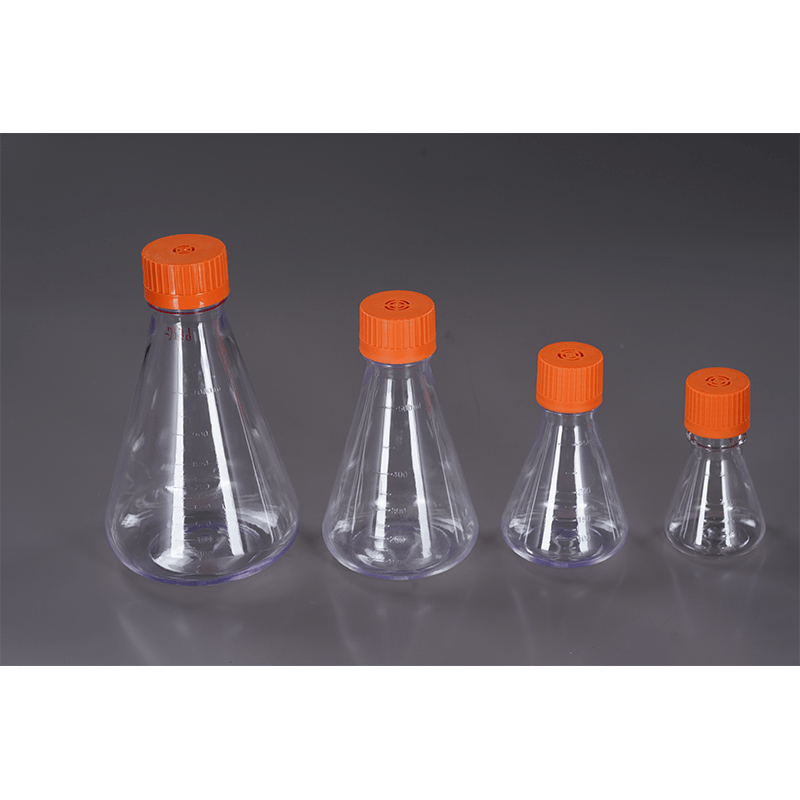
Conclusion
The goal of aseptic procedures is to avoid introducing microorganisms into the prepared solution, which can be extremely dangerous to one’s health. Infections, erroneous research findings, and solution spoilage can all result from contaminated solutions. You can protect everyone using the solution, including yourself, by being aware of common mistakes and taking precautions to avoid them. For aseptic solutions to be prepared in an Erlenmeyer flask safely, accurately, efficiently, professionally, and reproducibly in scientific and laboratory work, it is crucial to understand common mistakes and how to avoid them. It maximizes resource utilization while preserving people’s health and the integrity of research. Chongqing Scope Instrument Co., Ltd. is a professional lab consumable supplier. If you want more guides about laboratory Erlenmeyer flasks, please contact us.
